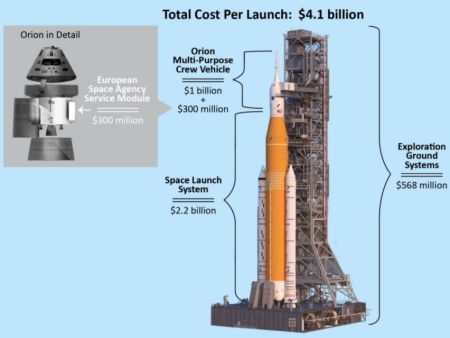The actual state of the Ukraine War
Though nothing at this moment is certain, this update report yesterday from the Institute for the Study of War is likely the best quick summary, including a very informative map.
Russian operations to continue the encirclement of and assault on Kyiv have likely begun, although on a smaller scale and in a more ad hoc manner than ISW expected. The equivalent of a Russian reinforced brigade reportedly tried to advance toward Kyiv through its western outskirts and made little progress. Smaller operations continued slowly to consolidate and gradually to extend the encirclement to the southwest of the capital. Russian operations in the eastern approaches to Kyiv remain in a lull, likely because the Russians are focusing on securing the long lines of communication running to those outskirts from Russian bases around Sumy and Chernihiv in the face of skillful and determined Ukrainian harassment of those lines. The battle for Kyiv is likely to continue to be a drawn-out affair unless the Russians can launch a more concentrated and coherent attack than they have yet shown the ability to conduct.
The Russian military is clearly struggling to mobilize reserve manpower to offset losses and fill out new units.
Russia appears to be very very very slowly gaining ground, but meeting heavy resistance everywhere, while struggling with its own lagging logistics and cumbersome military.
What strikes me as most strange about this entire war is the relatively little use of air forces by either side. Russia’s air bombing efforts have paled compared to other recent wars.
The Ukraine’s has even been less active. Consider: Russia had a forty-mile-long convoy in plain sight backed up for days on the main road from Russia to Kiev. What a sitting target! The Ukraine apparently had no air force capability to hit it.
Based on the present known data, this war will drag on for a very long time, even if Russia eventually takes control of the Ukraine. In the meantime it has made itself a pariah with the rest of the world’s nations for its unjustified invasion of a neighboring country, not unlike Saddam Hussein’s invasion of Kuwait in 1990. This in turn is crashing the Russian economy.
All in all, even at its best a victory in this Russian war will be a Pyrrhic victory.
Though nothing at this moment is certain, this update report yesterday from the Institute for the Study of War is likely the best quick summary, including a very informative map.
Russian operations to continue the encirclement of and assault on Kyiv have likely begun, although on a smaller scale and in a more ad hoc manner than ISW expected. The equivalent of a Russian reinforced brigade reportedly tried to advance toward Kyiv through its western outskirts and made little progress. Smaller operations continued slowly to consolidate and gradually to extend the encirclement to the southwest of the capital. Russian operations in the eastern approaches to Kyiv remain in a lull, likely because the Russians are focusing on securing the long lines of communication running to those outskirts from Russian bases around Sumy and Chernihiv in the face of skillful and determined Ukrainian harassment of those lines. The battle for Kyiv is likely to continue to be a drawn-out affair unless the Russians can launch a more concentrated and coherent attack than they have yet shown the ability to conduct.
The Russian military is clearly struggling to mobilize reserve manpower to offset losses and fill out new units.
Russia appears to be very very very slowly gaining ground, but meeting heavy resistance everywhere, while struggling with its own lagging logistics and cumbersome military.
What strikes me as most strange about this entire war is the relatively little use of air forces by either side. Russia’s air bombing efforts have paled compared to other recent wars.
The Ukraine’s has even been less active. Consider: Russia had a forty-mile-long convoy in plain sight backed up for days on the main road from Russia to Kiev. What a sitting target! The Ukraine apparently had no air force capability to hit it.
Based on the present known data, this war will drag on for a very long time, even if Russia eventually takes control of the Ukraine. In the meantime it has made itself a pariah with the rest of the world’s nations for its unjustified invasion of a neighboring country, not unlike Saddam Hussein’s invasion of Kuwait in 1990. This in turn is crashing the Russian economy.
All in all, even at its best a victory in this Russian war will be a Pyrrhic victory.








